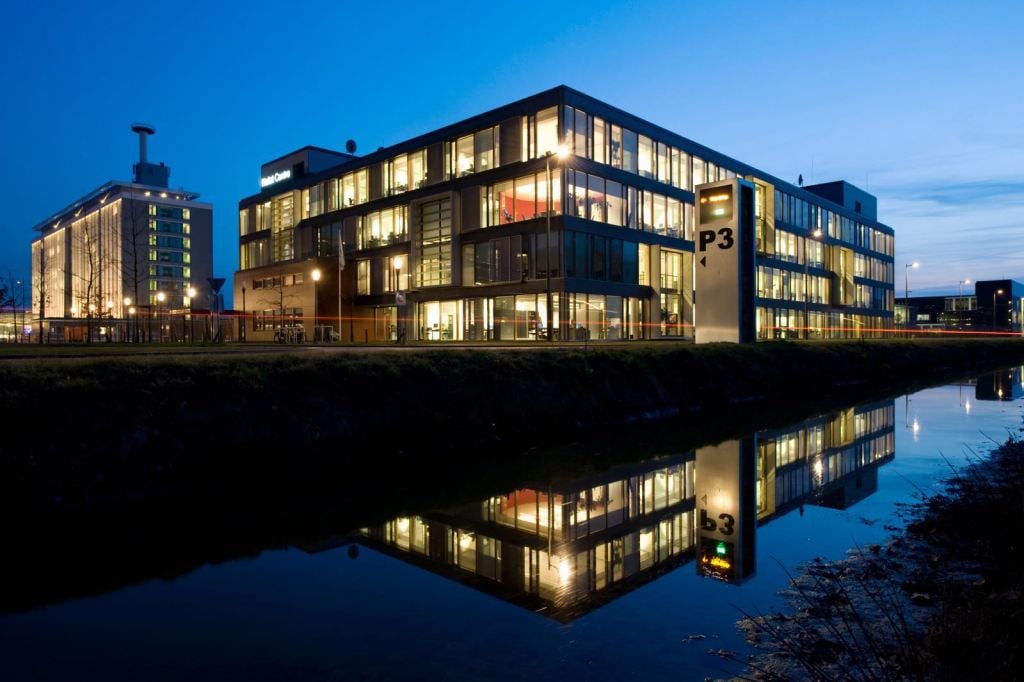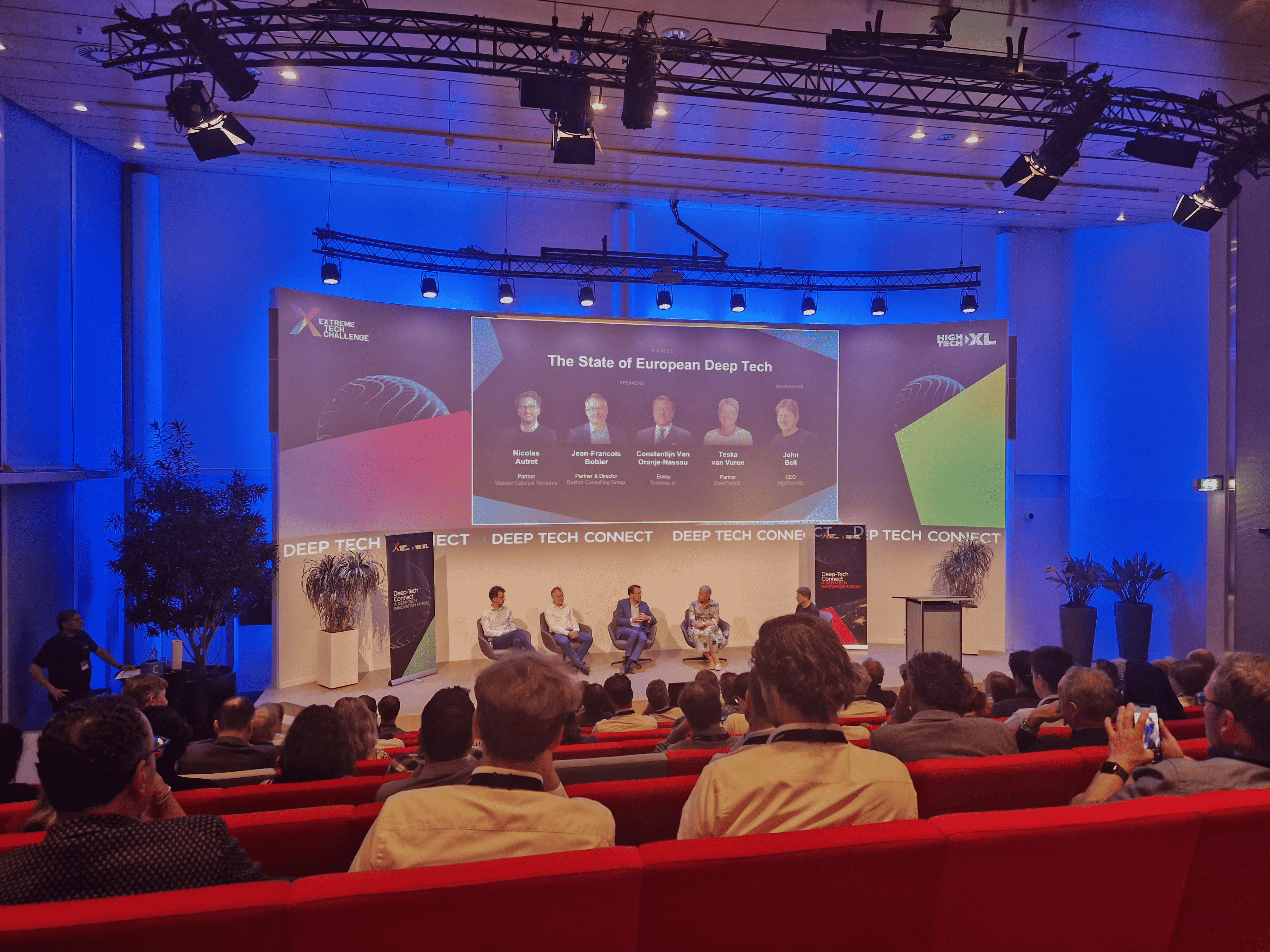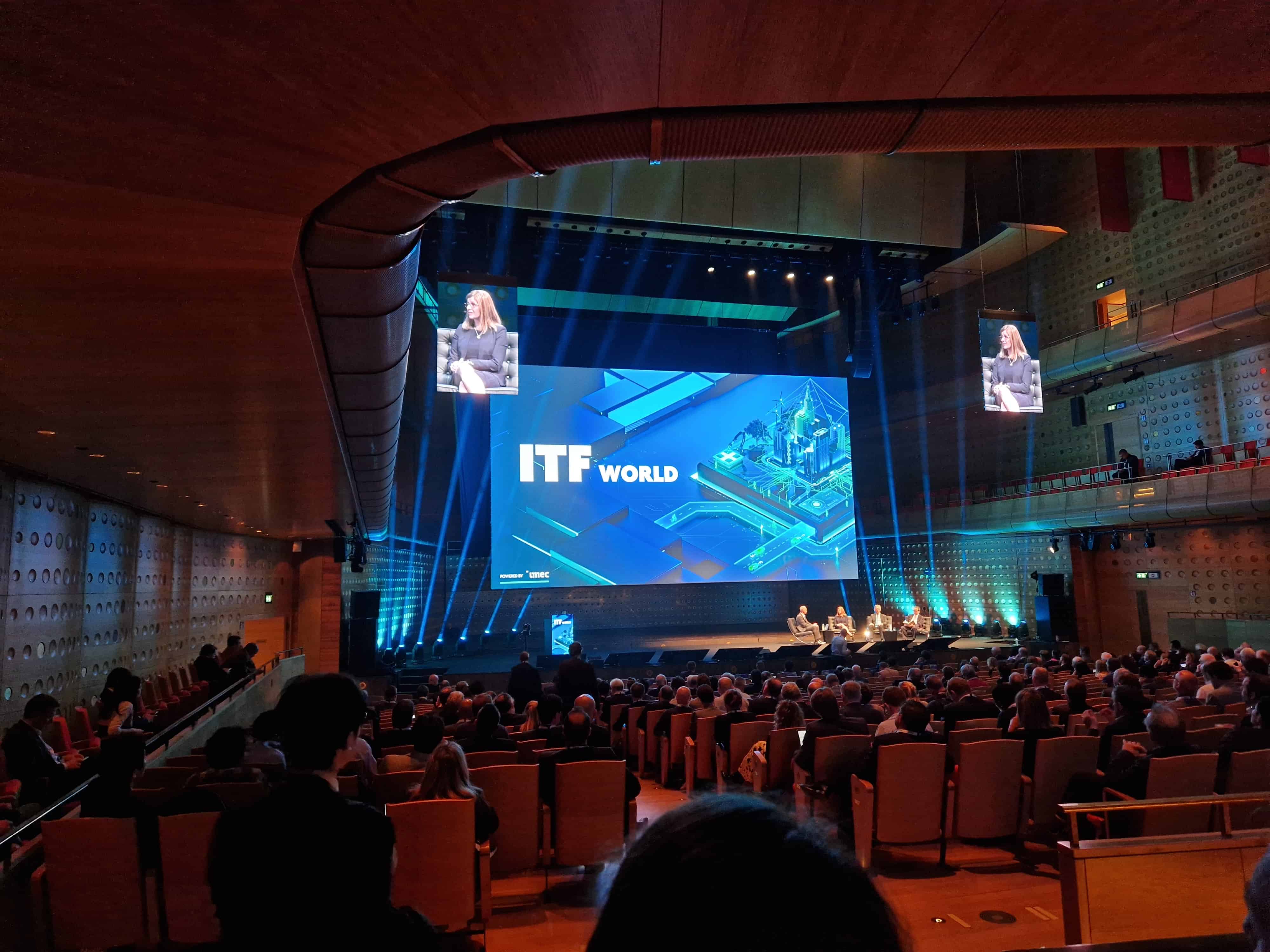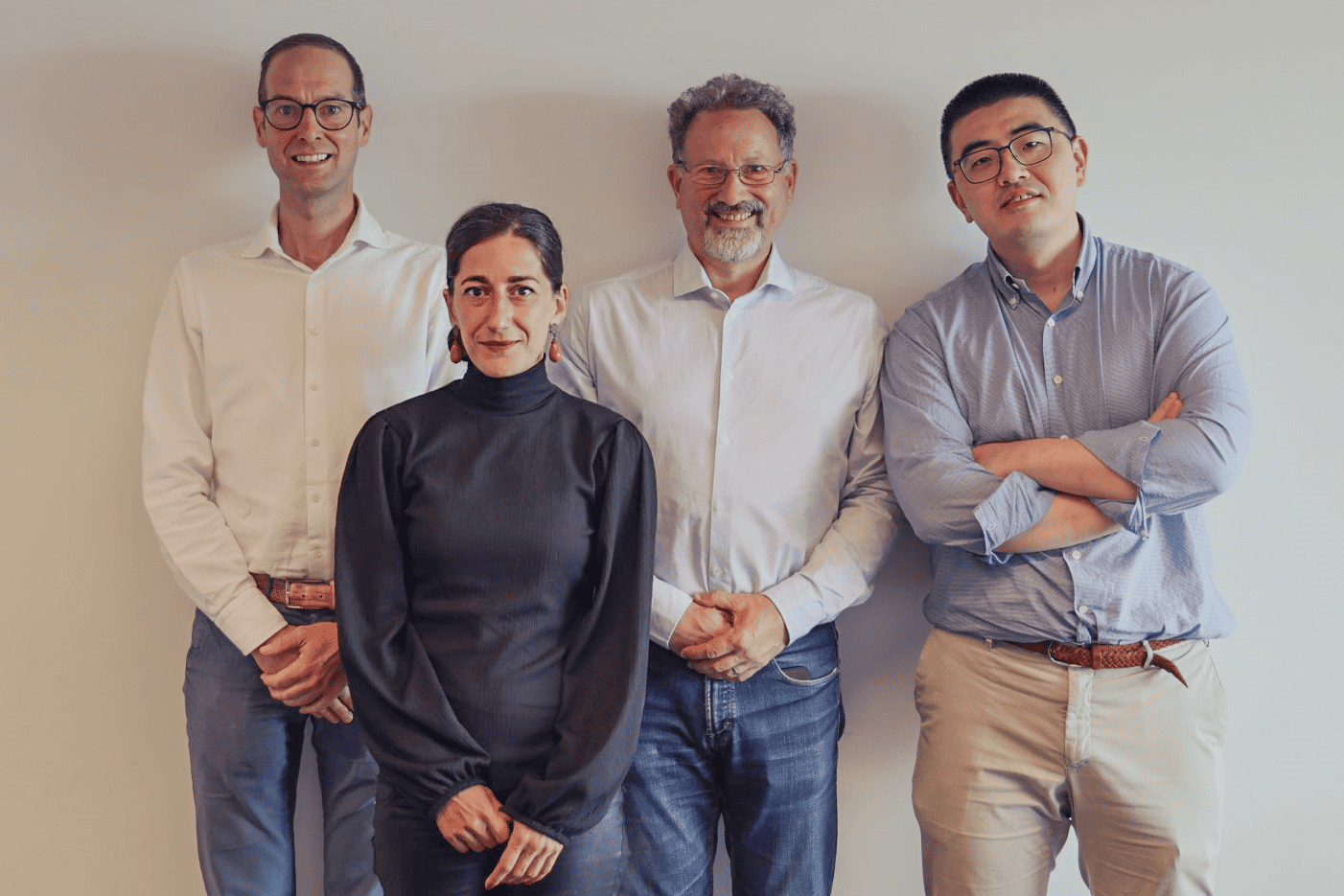
Last week we wrote about LifeSense Group, a startup with roots in Holst Centre on High Tech Campus Eindhoven. The same week, Holst celebrated their tenth anniversary. Now, we speak with Steffie van de Vorstenbosch of Holst, about the institute that commits to long-term research but faces financial funding questions every two years.
Last week Holst celebrated their tenth anniversary in Amsterdam. In 2006 the foundation for Holst was laid out. The research centre originates from a collaberation between Dutch TNO and Belgium IMEC.
Innovating involves risk-taking, which is harder to do on a tighter budget.
Holst expanded in the last ten years. It went from 5 to over 200 researchers, 4 professors got involved with Holst and a lab inside Philips was bought, after a long period of renting. The centre now has around 50 industrial partners, including Samsung, Panasonic and -on a local level- VDL FLow and SPG Prints.
The institute always looks for technological innovation and specifically aims at wireless sensors, wearable health and flexible electronics. Among the researches there’s a large group of new graduates of technological universities and master students from over the world. Often, those students end up working for other companies in the region. LifeSense Group and Red Bluejay Foundation both have roots in Holst.
The institute commits to long-term research projects. Examples of Holst-technology that’s being used in everyday life are rare. The best example is one the most recent smartwatches that uses Holst-technology.

Funding
However, the time of Holst-technology on a commercial market is getting closer. Although that may last over 20 years still (a longer time then Holst has been around so far) this may influence the way Holst is funded.
Every two years, Holst is facing funding questions. Now is no different. At the end of 2016, two public funding programme contracts come to an end. Also, we are nearing an election year. “And public funding questions are not the most popular ones to answer in that time”, says Steffie van de Vorstenbosch, Communications Manager at Holst..”
By 2020, Holst would like to get 30 million euro per year out of private income through sold technology to industrial partners.
Holst income exists out of a combination of public funding (40%) and sold technology to industry (60%). Since 2015 a model exists where Holst gets 25 cents from Dutch government everytime a euro is made by selling to industry. “It’s a great way to stimulate a commercial way of thinking”, Van de Vorstenbosch says.
2020
This model is agreed upon for a long term. By 2020 Holst would like to make 30 million euro a year in private income by selling technology to industrial partners. On top of that, EU funding should bring in an extra 6 million euro.
Van de Vorstenbosch: “To keep on innovating through research we need an extra 20 million of public funding. That’s more than the 25 cents a euro we can get out of extra funding through selling to industry.”
Innovation
Changing the way Holst-technology is sold to industry could help Holst compensate for some loss of public funding. Now, companies that buy from Holst get a lifelong license to use the technology. Further generated income from that technology does not get back to Holst.
“However, because our research is getting much more specific, we could switch to a royalty type system. The more income is generated by an industrial partner using our technology, the more we would get back from it.” It’s an option that is currently being talked about within the institute.
“Yet we would still need public funding to be able to invest in innovation”, van den Vorstenbosch says. “It’s not like we won’t be able to survive if a government deal falls through, but we probably won’t be able to maintain a leading role in innovation, like we do now. Innovating involves risk-taking, which is simply harder to do on a tighter budget.”






